The Science and Potential of Insects and Griopro® Cricket Powder

INSECTS AS FOOD WORLDWIDE: The consumption of insects as food (sometimes referred to as “entomophagy”, is accepted and practiced by many cultures around the world (Defoliart 1995; Nonaka 2009; Ramos-Elorduy 2009). As many as 3,071 ethnic groups in 130 countries (Ramos-Elorduy 2009) utilize insects as essential elements of their diet (Dossey et al., 2016 a ; Dossey et al., 2016 b ; Shockley and Dossey, 2014; Nations 2008; Srivastava et al., 2009; Yen, 2009). In fact, it is estimated that as much as 80% of the world’s population eats insects intentionally, and 100% do unintentionally (Srivastava et al., 2009). Even in the United States there has been an increasing interest in insect based food products in recent years (Dossey et al., 2016 a ; Gahukar, 2011; Nations, 2008).
BIODIVERSITY: The UN FAO (United Nations Food and Agricultural Organization) estimates that there are well over 1,000 edible insects currently used (Vogel 2010), and others estimate that number to be over 2,000 (Dossey et al., 2016 b ; Ramos-Elorduy, 2009; Ramos-Elorduy, 1997). There are over 1 million species described and 4-30 million species estimated to exist on earth, living in every niche inhabited by humans and beyond (Dossey, 2010). With this diversity and their collective reproductive capacity, they are a lot safer bet for future food security than are vertebrate animals. Development of more diversity in animal livestock/protein sources is critical to human food security going forward. For example, since there are insects of some sort on nearly every patch of land on earth, chances are that some local species in every area can be farmed as human food without transporting non-native species into the area for the same purpose. Additionally, the large numbers of edible species mean that an insect farm affecting their initial species can likely switch to another species which is resistant, which has already been done at many North American and European cricket farms.
CLEAN PROTEIN FROM INSECTS: Farm raised insects such as crickets are grown at very clean indoor farms. Many common foodborne pathogens do not seem to be present at these farms to date: or example, in one study Salmonella, Staph, E. coli and Listeria were not found in samples of the following commercially farmed cricket and mealworm species: (Zoophobas morio, Tenebrio molitor, Galleria mellonella, and Acheta domesticus) (Superworm, Mealworm, Waxworm and House Cricket, Respectively) (Giaccone 2005). Additionally, to date, All Things Bugs LLC, via our research grant projects (over $750,000 to date!), has not found Eschericha coli, Salmonella sp., Staphylococcus aureus, or Listeria sp. in any of several shipments of raw frozen insects from some of US cricket and mealworm farms, and coliform/total plate count is reasonably low. Also, pasteurization appears to reduce total plate count to very low and possibly nearly sterile levels. Additionally, insects are biologically more separated from humans than vertebrate livestock, so the risk of an insect viral pathogen or parasite jumping to humans is exceedingly low (van Huis et al., 2013). Thus, pathogen risk appears to be very low for farmed insects.



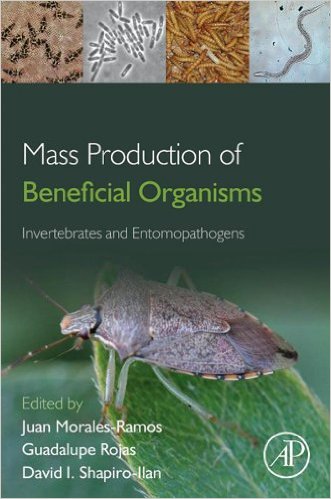 Mass Production of Beneficial Organisms: Invertebrates and Entomopathogens
Mass Production of Beneficial Organisms: Invertebrates and Entomopathogens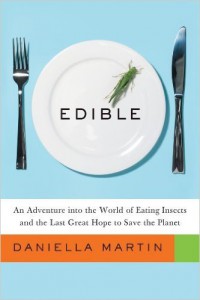 Edible: An Adventure into the World of Eating Insects and the Last Great Hope to Save the Planet
Edible: An Adventure into the World of Eating Insects and the Last Great Hope to Save the Planet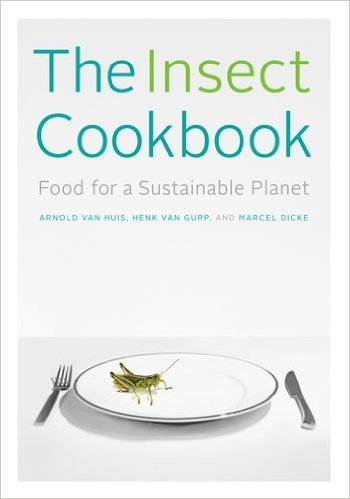 The Insect Cookbook: Food for a Sustainable Planet (Arts and Traditions of the Table: Perspectives on Culinary History)
The Insect Cookbook: Food for a Sustainable Planet (Arts and Traditions of the Table: Perspectives on Culinary History)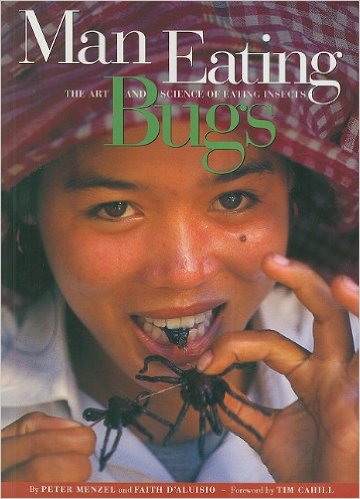 Man Eating Bugs: The Art and Science of Eating Insects
Man Eating Bugs: The Art and Science of Eating Insects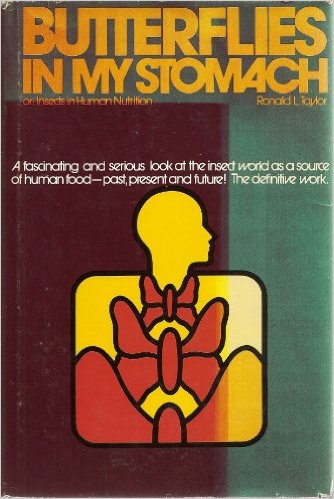 Butterflies in My Stomach: Insects in Human Nutrition
Butterflies in My Stomach: Insects in Human Nutrition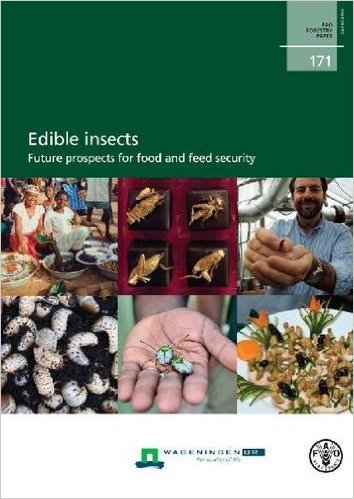 Edible Insects: Future Prospect for Food and Feed Security
Edible Insects: Future Prospect for Food and Feed Security Creepy Crawly Cuisine: The Gourmet Guide to Edible Insects
Creepy Crawly Cuisine: The Gourmet Guide to Edible Insects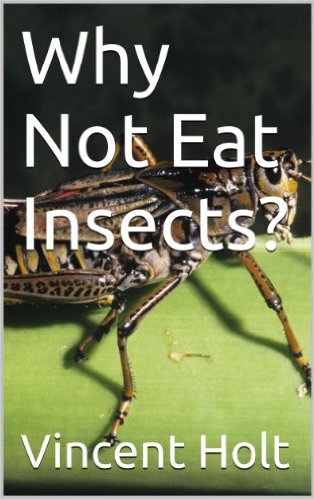 Why Not Eat Insects?
Why Not Eat Insects?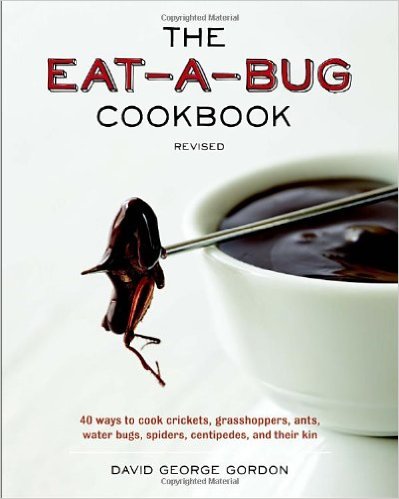 The Eat-a-Bug Cookbook, Revised: 40 Ways to Cook Crickets, Grasshoppers, Ants, Water Bugs, Spiders, Centipedes, and Their Kin
The Eat-a-Bug Cookbook, Revised: 40 Ways to Cook Crickets, Grasshoppers, Ants, Water Bugs, Spiders, Centipedes, and Their Kin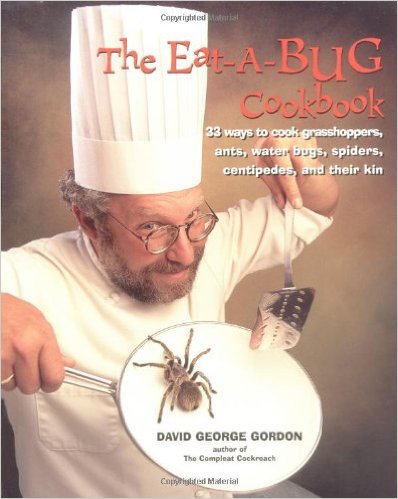 Eat-a-bug Cookbook: 33 ways to cook grasshoppers, ants, water bugs, spiders, centipedes, and their kin
Eat-a-bug Cookbook: 33 ways to cook grasshoppers, ants, water bugs, spiders, centipedes, and their kin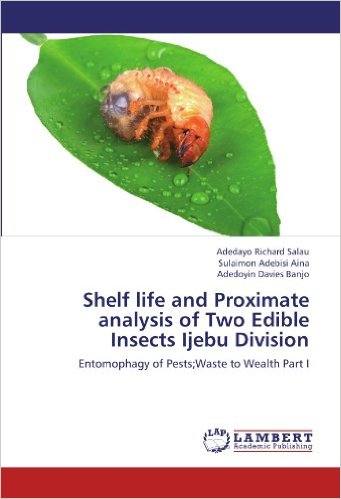 Shelf life and Proximate analysis of Two Edible Insects Ijebu Division: Entomophagy of Pests;Waste to Wealth Part I
Shelf life and Proximate analysis of Two Edible Insects Ijebu Division: Entomophagy of Pests;Waste to Wealth Part I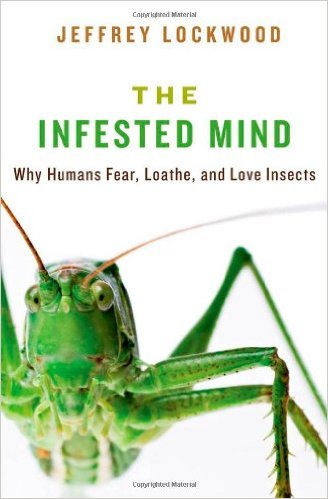 The Infested Mind: Why Humans Fear, Loathe, and Love Insects
The Infested Mind: Why Humans Fear, Loathe, and Love Insects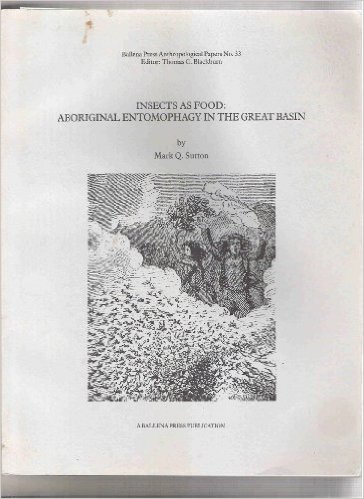 Insects As Food: Aboriginal Entomophagy in the Great Basin
Insects As Food: Aboriginal Entomophagy in the Great Basin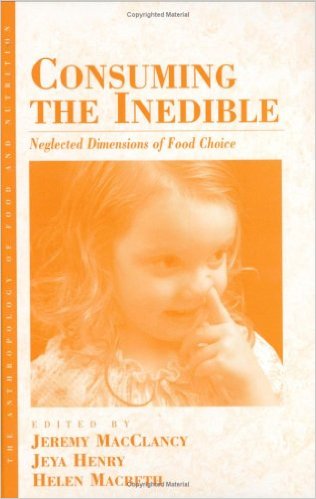 Consuming the Inedible: Neglected Dimensions of Food Choice (Anthropology of Food and Nutrition)
Consuming the Inedible: Neglected Dimensions of Food Choice (Anthropology of Food and Nutrition)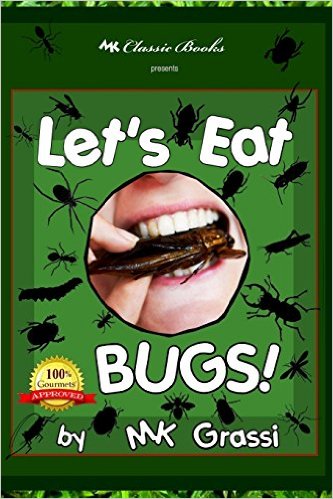 Let’s Eat Bugs!: A Thought- Provoking Introduction to Edible Insects for Adventurous Teens and Adults (2nd Edition)
Let’s Eat Bugs!: A Thought- Provoking Introduction to Edible Insects for Adventurous Teens and Adults (2nd Edition) Cooking With Crickets
Cooking With Crickets Bugs Appetit
Bugs Appetit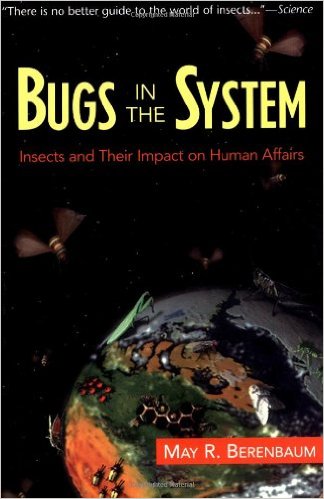 Bugs In The System: Insects And Their Impact On Human Affairs (Helix Book)
Bugs In The System: Insects And Their Impact On Human Affairs (Helix Book) The Management of Insects in Recreation and Tourism
The Management of Insects in Recreation and Tourism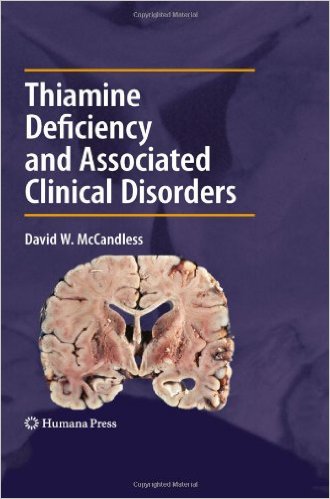 Thiamine Deficiency and Associated Clinical Disorders (Contemporary Clinical Neuroscience)
Thiamine Deficiency and Associated Clinical Disorders (Contemporary Clinical Neuroscience)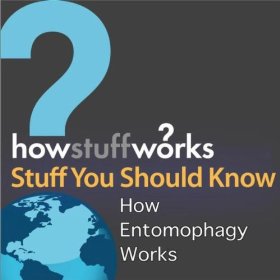 How Entomophagy Works: Stuff You Should Know
How Entomophagy Works: Stuff You Should Know